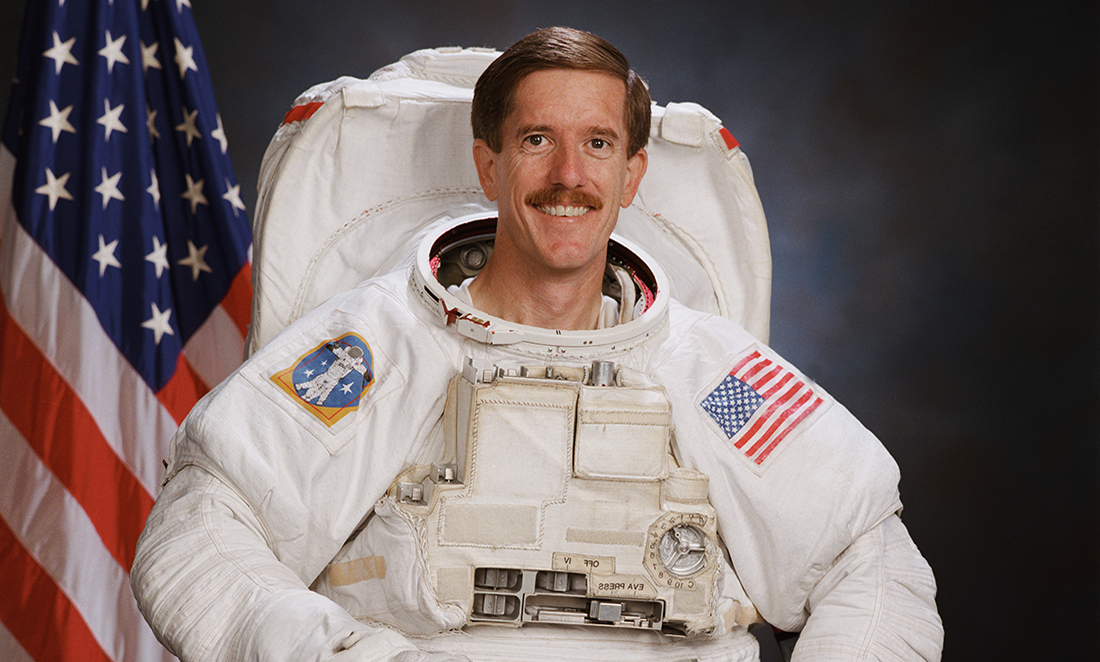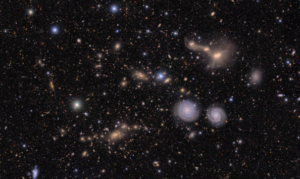“We had to tie him to the wall,” jokes Jim Reilly, the former NASA astronaut who travelled to space station Mir with Australian-born astronaut Andy Thomas.
There have only ever been three Aussie-born astronauts. Whilst only two of them actually visited space, sometimes we get lucky and NASA astronauts visit us.
This week, Jim Reilly visited Perth for a conference, and we sat down for a chat about his past experiences in different fields of STEM, current problems in space travel and the future of Australians in space.
SPACE GENES
Jim always wanted to be an astronaut, and he says it’s that way for most of his space-travelling peers.
“It’s one of those occupations that I think people are almost born to … whatever it did to capture our imagination, it seems to be the same for pretty much everyone. It’s the only thing we wanted to do.”
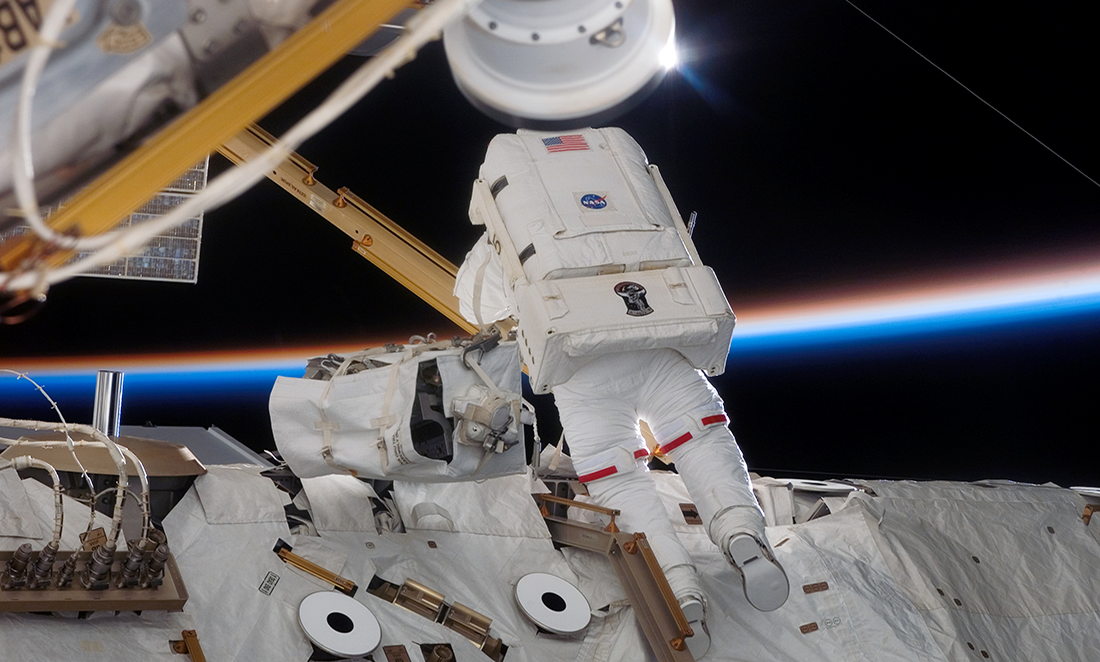
He puts some of that down to his ‘genes’.
“And you know, there’s also this exploration gene that some of us have that just forces us to just ‘go’.”
But before he got to space, Jim’s exploration gene took him downwards, first into the ground beneath our feet and then to the deepest parts of our oceans.
After specialising in geosciences at uni, Jim travelled to Antarctica as part of an expedition to discover how old the land there is. Later, he spent 22 days under water in deep-submergence vehicles to develop imaging technology for underwater engineering and biological research.
Upon joining NASA in 1995, he worked on a range of projects including doing systems engineering as part of the International Space Station (ISS) team.
“In fact,” he says “10 of my 13 years [with NASA] were spent in systems engineering more than anything else. No geosciences whatsoever, despite that being my background.”
He says rather than having a very specific skill set, astronauts must be flexible. A jack of all trades, master of, well, spaceflight.
“The one thing that most of us have is a broad set of interests … for most of us, we have multiple jobs that we have to perform on our missions, so we have to be adaptable.”
“The one thing that most of us have is a broad set of interests ... for most of us, we have multiple jobs that we have to perform on our missions, so we have to be adaptable.”
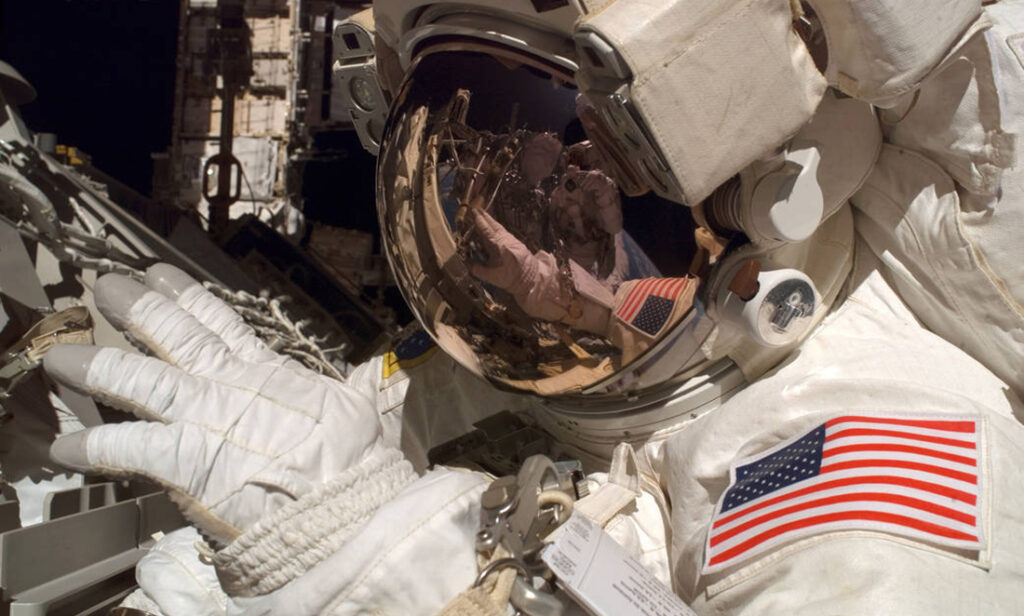
On his last mission, Jim was assigned the position of crew medical officer, despite having no official medical education.
To prepare for this role, he was trained in trauma care at the city centre hospital in Houston. He remembers witnessing a “pretty bizarre set of accidents that happen on the weekends at night”.
“You just have to be ready to learn things fast.”
WATCH THIS SPACE
Jim left NASA in 2008 but still thinks about future space travel and maybe colonisation of other planets. It seems there are many questions yet to be answered.
“One of the things I’ve been doing is working with graduate students in systems engineering, so how would we actually develop the capabilities? How would you build a facility on Mars? Because you’re obviously going to have to live there. How do you get it there? Do you take it with you? Do you send it there before you go and make sure everything’s working? Because it’s a 7-month one-way trip. It’s not like the Moon where, if you really needed to, like Apollo 13, you could just turn around and come home.”
Another problem that preoccupies Jim is a little closer to home.
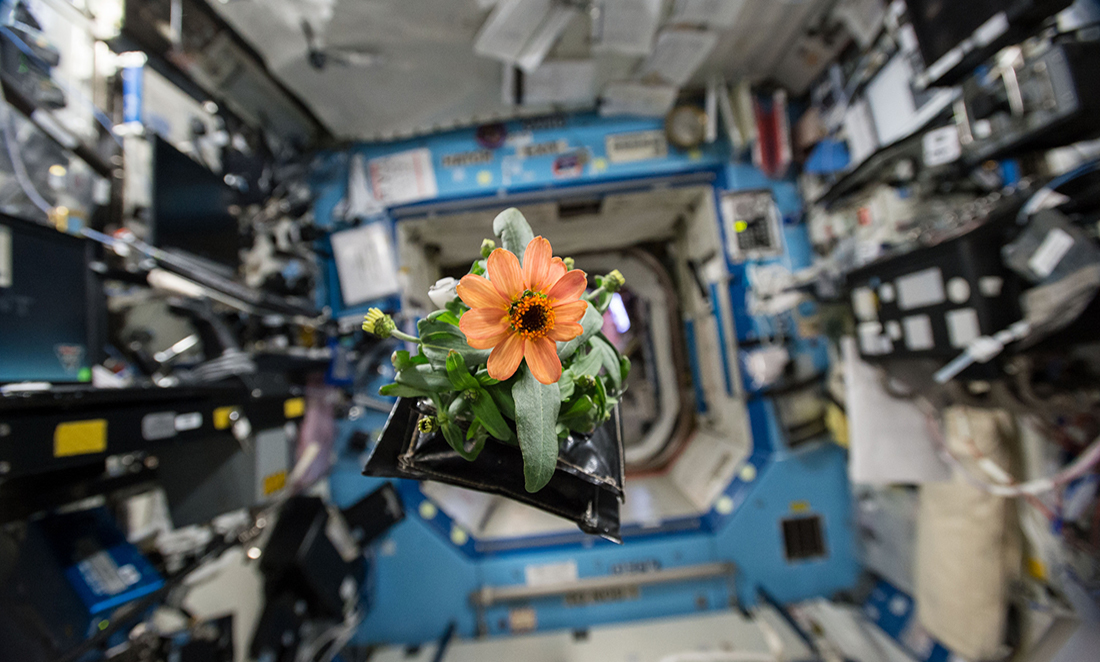
“The biggest challenge for us as humans would be to figure out how our ecosystems work here, because we’re going to have to support a crew that’s going that distance.”
To survive the journey, Jim says we would need to recycle 97% of everything we take with us. Think Matt Damon using his poop to grow potatoes in The Martian—but with everything.
We currently aren’t capable of doing that, but we can try to take a leaf out of nature’s book. The planet does an excellent job of recycling nutrients. The only problem is, these cycles are exceptionally complicated and we’re still learning how to recreate that.
“Everything from the air to water recycling, to chemical recycling—how we constitute an atmosphere and how we recreate the cycles that we just sort of take for granted here. We don’t really, truly understand how the ecosystem as a whole works.”
“We’ve done some testing … but we’ve never really been able to do a full-scale end-to-end trial. The two times we’ve tried, we’ve failed miserably. There are just too many variables, and we don’t know what is at play.”
“That’s going to be a challenge for this next generation. We’ve got a lot of science and engineering that’s going to get done before we can go on this trip to Mars.”
AUSSIES IN SPACE
I asked Jim if he was worried that, with the advent of Australia’s own space industry, NASA would suffer. Would they miss us if Aussies no longer had to defect to the US to get into space?
On the contrary, Jim said he was excited about a space programme here in Australia. Only collaborations between nations will get us where we want to go.
“I get quizzed a lot on, you know, ‘Is there going to be a US mission to Mars? Or a Chinese mission?’ No, it’s going to be an international programme. The ISS was such a success in how it’s turned out that I can’t see us not doing an international programme.”
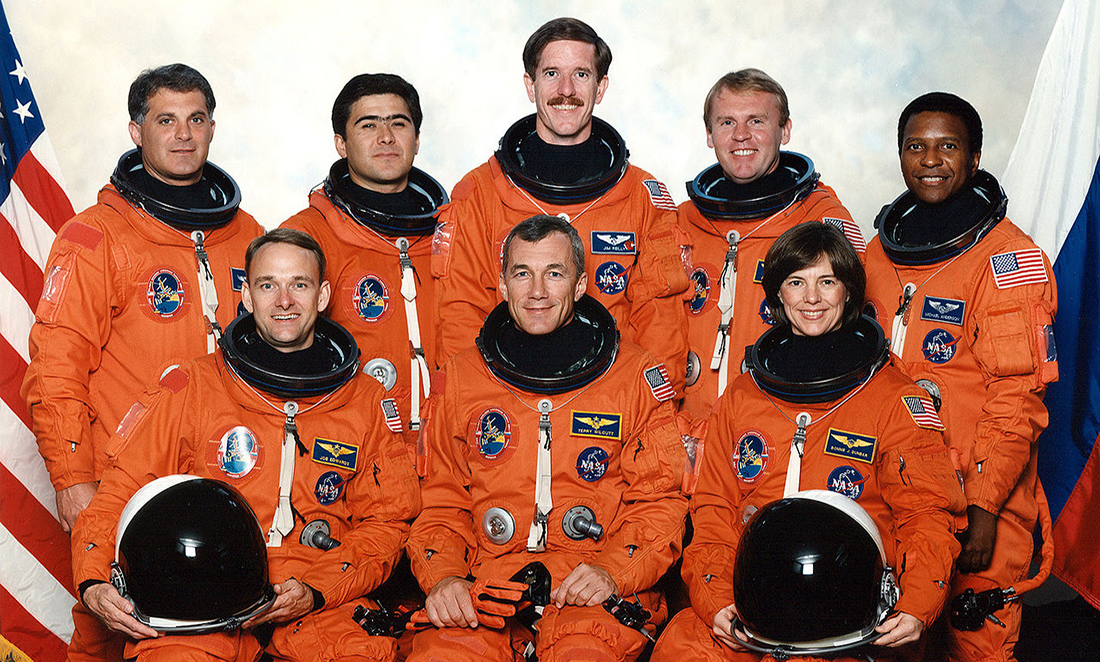
And, though as a nation we come late to the space agency game, Australia’s decision seems timely.
Jim says it’s “probably a perfect time” for Australia to be putting a space programme together. And it’s a perfect time for future space industry workers to be thinking about potential career paths.
For kids that are currently in high school deliberating over what ATAR subjects to study, an Australian space industry might provide some inspiration and direction. The subjects they’ll begin studying in high school—biology, chemistry, basic maths—will all be essential if we ever want to launch some True Blue astronauts into space.
Luckily, it seems that Aussies aren’t a bad fit for space travel.
All joking aside, Jim informed me that Andy Thomas fitted into the team very well.
“Well, he’s like most Australians. It’s easy to get along with people here. Very friendly, with a ‘can do’ attitude … that’s important.”
Perhaps in a few years’ time, more of that ‘can do’ attitude can rocket through space, blasting off from our sunburnt country and landing on less-familiar red dirt 54.6 million kilometres away.


